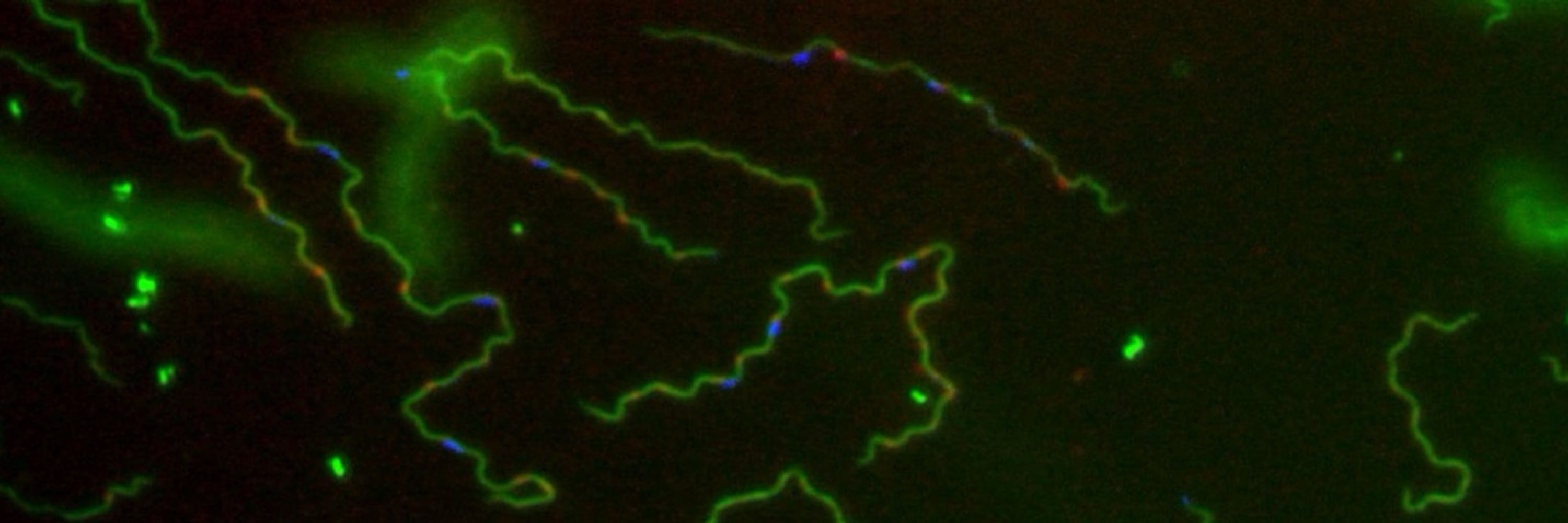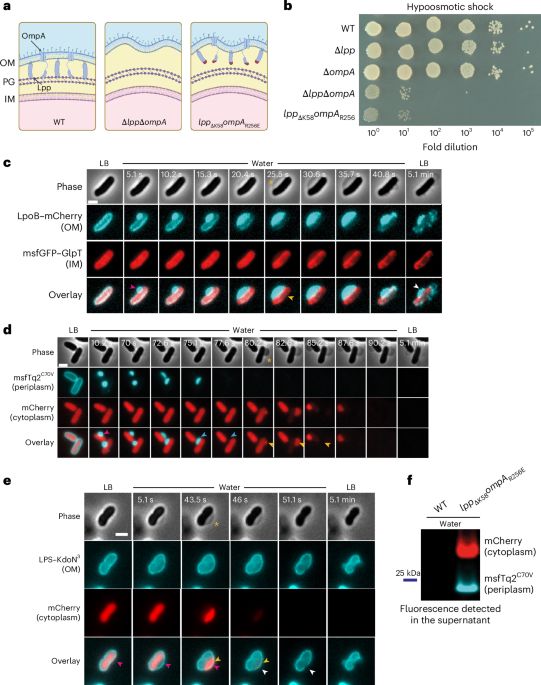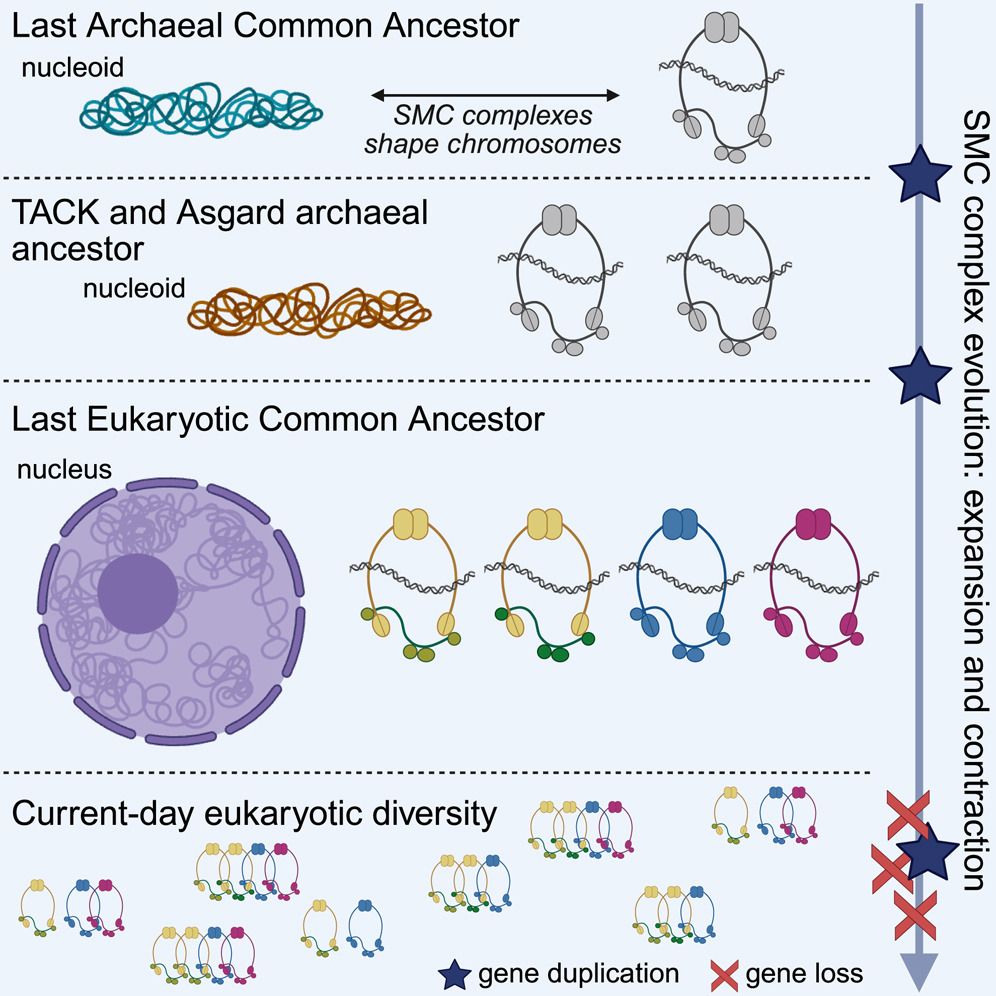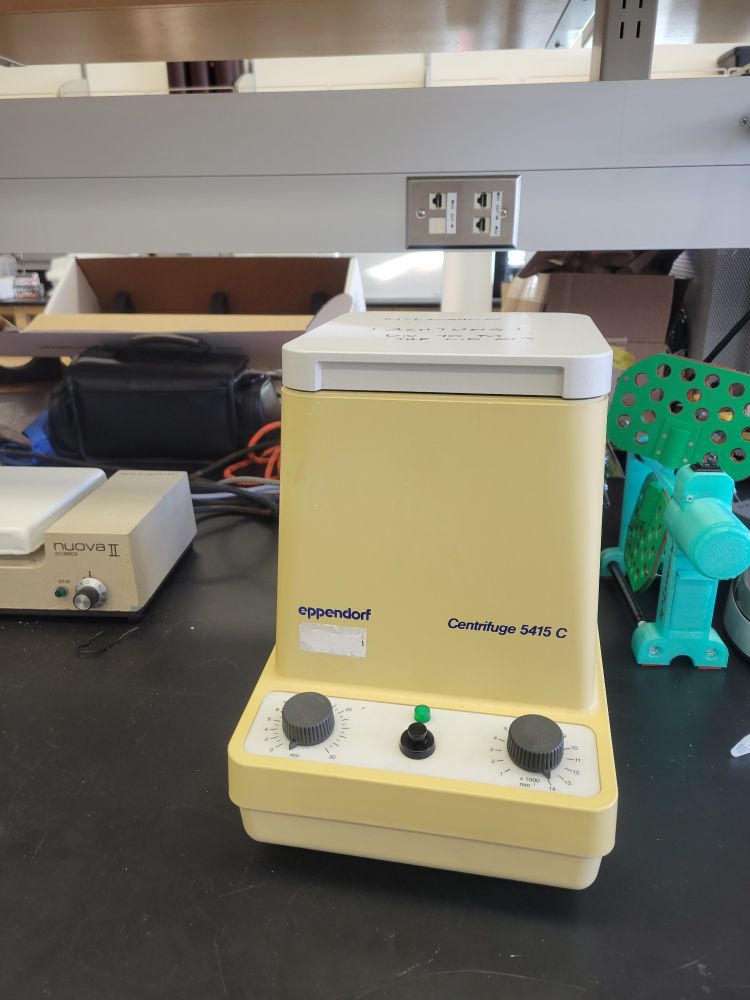Andrew Krusenstjerna, Ph.D.
@ackrusen.bsky.social
260 followers
680 following
5 posts
Chicano | Microbiologist | Ph.D. w/ @BStevensonLab | Postdoc w/ @GoleyLab | Appreciating the little things in life | Views are my own 🧫🇲🇽🏳️🌈(He/Him)
Posts
Media
Videos
Starter Packs
Reposted by Andrew Krusenstjerna, Ph.D.
Reposted by Andrew Krusenstjerna, Ph.D.
Reposted by Andrew Krusenstjerna, Ph.D.
Reposted by Andrew Krusenstjerna, Ph.D.
Reposted by Andrew Krusenstjerna, Ph.D.
Philip Ball
@philipcball.bsky.social
· Sep 5

Rethinking RNA-binding proteins: Riboregulation challenges prevailing views
The advent of system-wide proteomic approaches has largely expanded the number of
RNA-binding proteins (RBPs). This review discusses how recent discoveries are transforming
our understanding of biolog...
www.cell.com
Reposted by Andrew Krusenstjerna, Ph.D.
Reposted by Andrew Krusenstjerna, Ph.D.
Reposted by Andrew Krusenstjerna, Ph.D.
Animalcules
@bacteriophile.bsky.social
· Aug 29

Analysis of (p)ppGpp metabolism and signaling using a dynamic luminescent reporter
Author summary Most bacteria adapt to stressful conditions such as nutrient limitation by synthesizing a signaling molecule, known as ppGpp, that consists of a hyper-phosphorylated GTP. Synthesis of p...
journals.plos.org
Reposted by Andrew Krusenstjerna, Ph.D.
Reposted by Andrew Krusenstjerna, Ph.D.
Reposted by Andrew Krusenstjerna, Ph.D.
Reposted by Andrew Krusenstjerna, Ph.D.
Reposted by Andrew Krusenstjerna, Ph.D.
Reposted by Andrew Krusenstjerna, Ph.D.
Vivek Mutalik
@vivekmutalik.bsky.social
· Jul 17
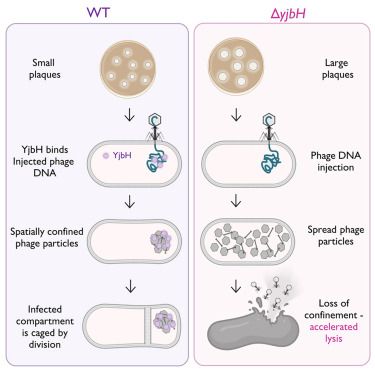
A bacterial host factor confines phage localization for excluding the infected compartment through cell division
Pollak Fiyaksel et al. describe YjbH, a helix-turn-helix DNA-binding protein in Bacillus
subtilis, conserved among gram-positive bacteria. YjbH binds the incoming phage genome,
confines phage producti...
www.cell.com
Reposted by Andrew Krusenstjerna, Ph.D.
Reposted by Andrew Krusenstjerna, Ph.D.
anna brogan
@apbrogan.bsky.social
· Jun 17
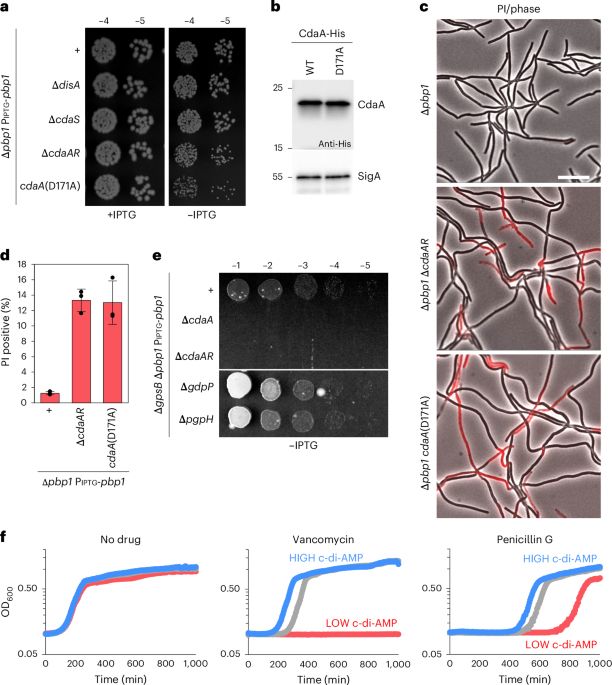
Cyclic-di-AMP modulates cellular turgor in response to defects in bacterial cell wall synthesis - Nature Microbiology
Brogan et al. uncover a signalling pathway in which levels of the nucleotide second messenger c-di-AMP increase in response to defects in cell wall synthesis. This regulatory pathway decreases turgor ...
www.nature.com
Reposted by Andrew Krusenstjerna, Ph.D.
Science Magazine
@science.org
· Jun 2

Ancient Borrelia genomes document the evolutionary history of louse-borne relapsing fever
Several bacterial pathogens have transitioned from tick-borne to louse-borne transmission, which often involves genome reduction and increasing virulence. However, the timing of such transitions remai...
scim.ag
Reposted by Andrew Krusenstjerna, Ph.D.
Reposted by Andrew Krusenstjerna, Ph.D.
Reposted by Andrew Krusenstjerna, Ph.D.
